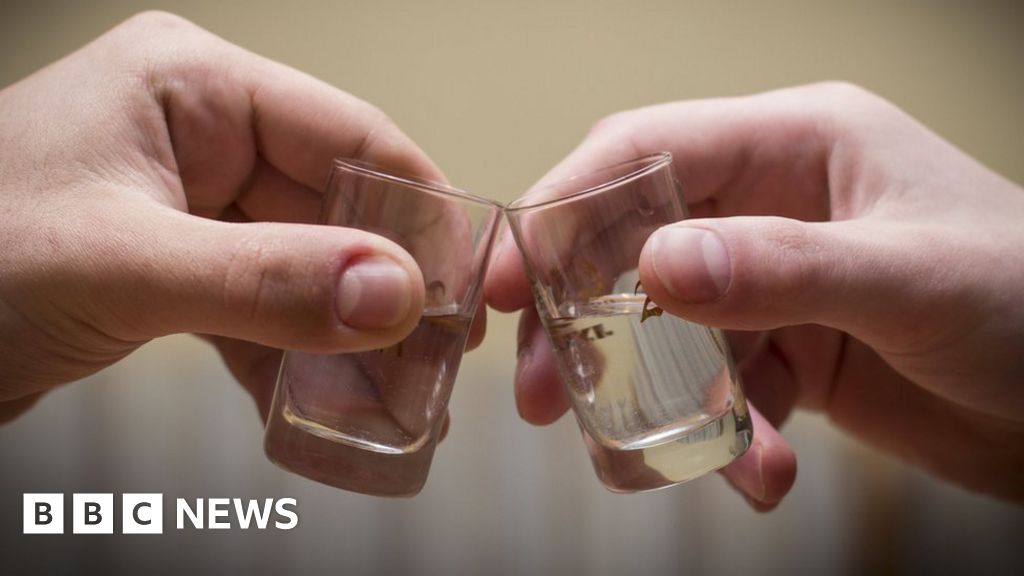
The claim: Alcohol consumption in Russia has fallen 80% in the past five years.
Reality Check verdict: It has fallen, but not by anything like 80%.
Russians are consuming 80% less alcohol than five years ago, according to the Minister of Health, Veronika Skvortsova.
It`s a jaw-dropping figure for a nation that`s traditionally regarded as one that enjoys drinking - especially the national tipple, vodka.
So is it really true?
Ms Skvortsova declined to elaborate on the figure, and the Ministry of Health`s press office did not respond to questions from the BBC Russian Service.
So we have been trying to work it out for ourselves.
There are two sets of statistics out there - one collected by the Russian statistics agency, Rosstat, and one by the World Health Organization (WHO).
The Rosstat figures are based only on official sale of alcohol, which has certainly fallen, but by about 30%, not 80%. It`s the total amount drunk presented in litres of pure alcohol, divided by the total population.
Rosstat has not yet published its figures for alcohol sales for 2017.
But the data available for January to November suggests last year`s alcohol consumption actually increased from the previous year, according to Yevgeny Yakovlev, an economics professor at the New Economic School in Moscow, who specialises in research into health and alcohol consumption in Russia.
Sales of vodka, which is still the most popular alcoholic beverage in Russia, jumped by 10% between January and November compared with the same period of 2016.
Russians on average drank the equivalent of 6.6 litres of pure alcohol last year, according to Rosstat, which said this included:
The figure from the WHO for the same period is more than double the Rosstat one, at 13.9 litres of pure alcohol per person in 2016.
Part of that is because the WHO figure is divided by the population over the age of 15, not the total population.
Professor Yakovlev says the difference is also due to alcohol that doesn`t come under the official statistics, such as moonshine, counterfeit alcohol and even non-consumable products containing alcohol, such as bathroom products and eau de cologne.
Clearly, unofficial sales are difficult to measure and he suggests that the WHO figure is a bit of an overstatement.
"Studies show that the amount of illicit alcohol, or consumption that cannot be accounted for, in our country has not changed much in recent years and makes up less than 10% of overall consumption," he said.
The figures from the WHO do not show an 80% fall, either. If you look at figure 3.9 in this publication you will see a downward trend but nothing like 80% over five years.
The more dramatic fall has been in death rates from alcohol use among Russian men, which chart 3.10 suggests have been cut by about 50% in the last decade.
Read more from Reality Check
Send us your questions
Follow us on Twitter.


0 comments:
Post a Comment